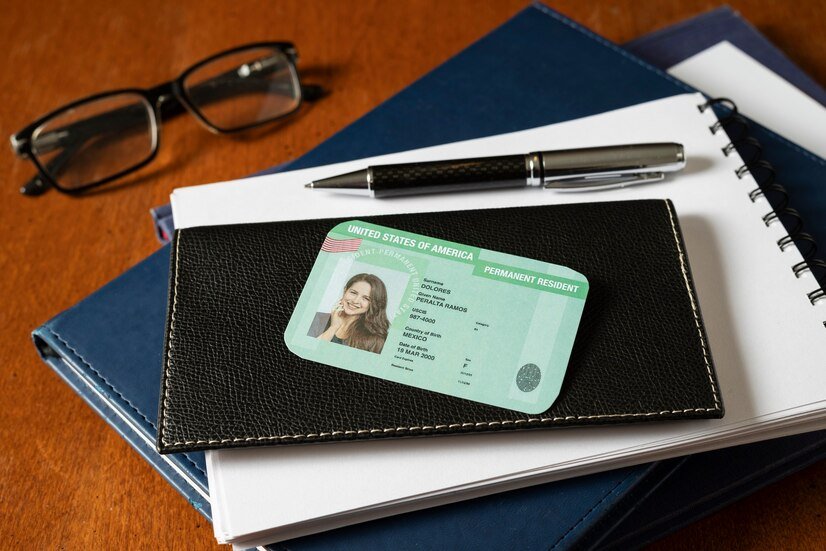Business
Behind the Scenes: How Fake IDs Are Made and Why You Should Care
Delving into the shadowy process of how fake IDs are manufactured reveals not just the technicalities

Delving into the shadowy process of how fake IDs are manufactured reveals not just the technicalities of forgery but also the ethical and legal minefields involved. This exploration sheds light on why individuals, especially young adults, should be wary of entering this murky world.
The Manufacturing Process
The Tools of the Trade
The creation of a fake ID involves sophisticated equipment, including high-resolution printers, laminators, and software capable of replicating security features found in genuine IDs. Counterfeiters use these tools to produce IDs that are increasingly difficult to distinguish from the real thing.
Exploiting Security Features
Modern IDs come with a range of security features, such as holograms, UV marks, and microtext. Forgers invest significant effort into copying these features to make the IDs appear legitimate. However, despite their efforts, subtle discrepancies often remain, which can be detected by trained personnel or with the aid of technology.
The Dark Side of Fake ID Production
Ties to Criminal Networks
The production and distribution of fake IDs are often linked to broader criminal activities. These can include identity theft, financial fraud, and even human trafficking. By purchasing a fake driver’s license, individuals may unwittingly support these illegal operations.
The Risk of Identity Theft
Obtaining a fake ID typically requires sharing personal information with counterfeiters. This exposes individuals to the risk of identity theft, where their information can be used for unauthorized transactions, opening accounts, or further illegal activities, leaving lasting damage to the victim’s financial and personal life.
The Consequences of Using Fake IDs
Legal Ramifications
The use of fake IDs is illegal and carries serious legal consequences. Depending on the jurisdiction, individuals caught with a fake ID can face fines, community service, or even imprisonment. Moreover, the charge could remain on their permanent record, affecting future employment and educational opportunities.
Ethical Considerations
Using a fake ID also raises ethical questions. It involves deceit and can contribute to the normalization of illegal behavior among peers. On a larger scale, it supports an industry that exploits vulnerable populations and undermines the integrity of identification systems.
A Call to Action
Education and Awareness
Raising awareness about the realities of fake ID production and use can deter individuals from engaging with these illegal documents. Education campaigns that highlight the legal, personal, and societal consequences, as well as the links to more severe crimes, are crucial.
Encouraging Ethical Decision-Making
Promoting a culture of integrity and ethical decision-making, especially among young adults, can reduce the demand for fake IDs. This involves teaching the value of honesty and the importance of respecting the law and the rights of others.
Conclusion
Understanding how fake IDs are made, the risks involved in obtaining and using them, and their connection to wider criminal activities highlights the importance of making informed, ethical choices. By choosing to avoid fake IDs, individuals not only protect themselves from potential legal and personal harm but also take a stand against the darker aspects of this illicit industry.
Table of Contents
-

 Business5 months ago
Business5 months agoSepatuindonesia.com | Best Online Store in Indonesia
-

 Technology3 weeks ago
Technology3 weeks agoTop High Paying Affiliate Programs
-

 Tech5 months ago
Tech5 months agoAutomating Your Window Treatments: The Advantages of Auto Blinds
-

 Tech5 months ago
Tech5 months agoUnleash Your Potential: How Mecha Headsets Improve Productivity and Focus
-

 Instagram2 years ago
Instagram2 years agoFree Instagram Follower Without Login
-

 Reviews11 months ago
Reviews11 months agoAndroid Laptop vs. Chromebook: Which one is better?
-

 Instagram2 years ago
Instagram2 years agoIGTOK – Get Instagram Followers, Likes & Comments
-

 Business8 months ago
Business8 months agoFollow These 5 Tips To Avail Personal Loans At Lower Interest Rates






















